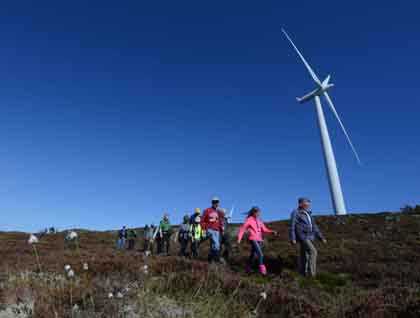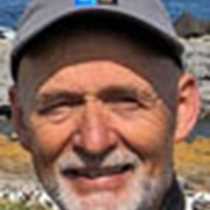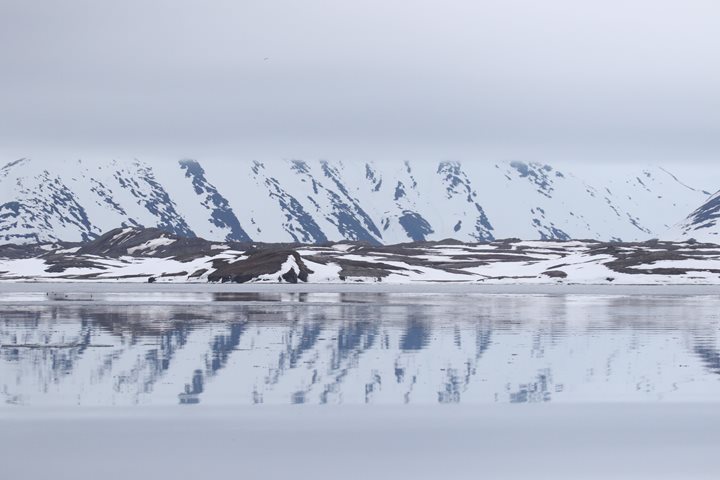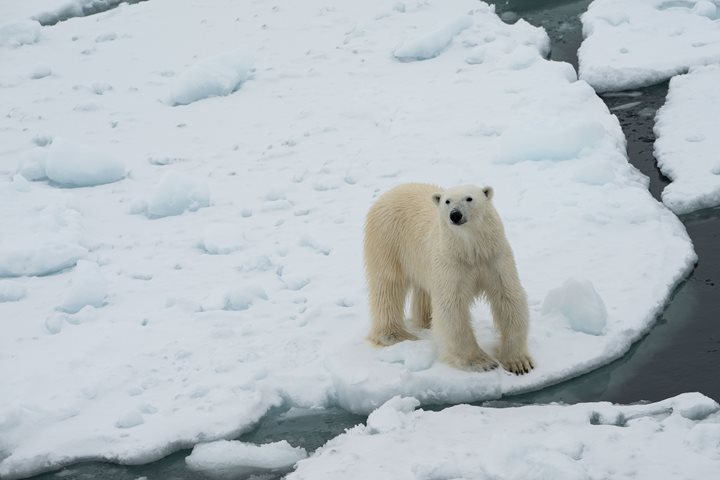After over 30 years of exploring this extraordinary coastline it’s hard to imagine that we can still find new and exciting places to visit. If you took the time and calculated the extent of Norway’s coast, with its myriad fjords and islands, it is nearly one and a half times the circumference of the earth, leaving no shortage of opportunities to explore. Over those many years of experience here our expedition team has acquired a wealth of knowledge about the coast. Nearly every trip up or down this coast provides opportunities to seek out new terrain.
The island of Smøla and its accompanying 4,000 islands had been brought to our attention by one of our Norwegian pilots and, after a formal invitation from the community for us to visit, our team began the planning process long before our expected arrival, after which National Geographic Explorer became the first passenger vessel to call on Smøla.
The island has roughly 2,000 residents with another 500 or so calling the neighboring islands home. Traditionally a robust fishing community, Dyrnesvågen – now only home to one commercial trawler – still has a lively harbor and boats are still an integral part of life here. For the morning activities here many guests chose the option to travel by bus across Smøla to the still very active fishing port of Veilholmen to experience a traditional Norwegian fishing village.
A much smaller contingent of four, accompanied by yours truly, chose to head out on the small fishing boat Havsula (which means “gannet”) and try our hand at catching North Atlantic cod and other fishes in abundance (more on this particular subject later). Others set out on foot to see the landscape and explore the scenery of Smøla with its rocky low-lying topography topped by towering wind turbines supplying energy to the remote communities on this coastline.
The remaining complement of our guests boarded Zodiacs from the ship and set out for the very small island of Bratværet, where 500 people tied to the fishing way of life once lived. Now only two year-round residents reside here, with the remainder of the island’s occupants only here during the summer. Here a local guide gave a presentation on the past and present of this island and surrounding area.
An afternoon outing in the kayaks to circumnavigate one of the many picturesque islets nearby our cozy anchorage would be an added bonus to an already spectacular day. With two local kayak guides, 17 double kayaks set out to soak in the surroundings and see from the water’s edge the rich marine world.
Okay, back to the fishing report. Our captain of the Havsula certainly had the touch and with the perfect – I mean perfect – weather, we were in for a treat. After setting out just a few kilometers from the shelter of the islets we were given the green light to wet out lines. Within seconds the game was on: a 3-4 kilogram Atlantic cod was brought up, gaffed and in the live hold. I’ll spare you the details of the dozens of fish caught, but here’s the tally; four Atlantic cod, three Pollock, three lingcod, 20-plus saithe. Last but not least, our captain had decided to check his set of crab pots and show us how it’s done. With me at the helm he hooked into the line and began pulling up the pots with the automatic winch. One after another the pots were filled with edible crabs. We were all thrilled and pleased enough with the day and our catch but when the captain started pilling crabs into our cooler we were ecstatic. A feast on board will be shared by all.
As an added, welcome, surprise a local group of 15 men from Smøla called The Gubbliners came on board and serenaded us all in National Geographic Explorer’s lounge with local folk songs and, as their name implies, traditional Irish songs. Sadly, we had to leave this welcoming place but we hope to return next year.
This was truly an expedition day that blasted all our expectations out of the water. Thank you Smøla, or more appropriately, Takk, Takk!!









